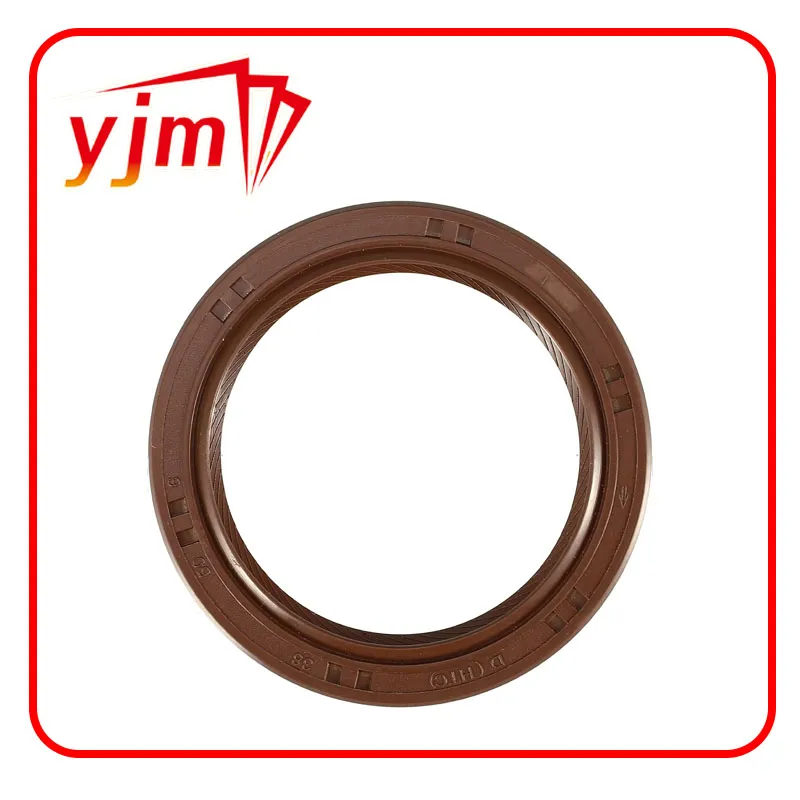o ring not sealing
Understanding O-Ring Sealing Failures Causes and Solutions
O-rings are integral components in a vast array of mechanical systems, providing crucial sealing solutions in automotive, aerospace, and industrial applications. Their primary function is to prevent the leakage of fluids or gases, ensuring the mechanisms run smoothly and efficiently. However, there are instances where O-rings fail to seal properly, leading to potential hazards and costly repairs. In this article, we will explore the common causes of O-ring sealing failures, their implications, and how to address these issues effectively.
The Importance of O-Rings
Before diving into the potential failures of O-rings, it is essential to understand their significance in various applications. An O-ring is a circular rubber or elastomer seal that fits into a groove and is compressed between two mating surfaces. This design creates a seal that resists the pressure of contained fluids or gases. O-rings are utilized in many applications, including hydraulic systems, pneumatic systems, and automotive engines, where maintaining pressure and preventing leaks is paramount.
Common Causes of O-Ring Sealing Failures
1. Material Degradation One of the most prevalent reasons for O-ring failures is the degradation of the material due to environmental factors. O-rings are typically made from elastomers that can deteriorate under extreme temperatures, exposure to harsh chemicals, or ultraviolet light. Over time, this degradation leads to hardening, cracking, or loss of elasticity, compromising the seal's integrity.
2. Improper Installation O-rings are sensitive components that require careful handling during installation. If an O-ring is twisted, pinched, or improperly seated, it may not create an effective seal. Such mechanical failures can occur due to improper tools or inadequate training, emphasizing the need for attention to detail during assembly.
3. Compression Issues The effectiveness of an O-ring seal depends on the correct compression between the O-ring and the mating surfaces. Insufficient compression can lead to gaps, allowing for leaks, while excessive compression can cause the O-ring to deform, leading to premature failure. Proper design calculations and installation practices are vital to ensure optimal compression.
4. Operational Conditions O-rings must be selected according to the specific conditions in which they will operate. High pressures, aggressive chemicals, or extreme temperatures can exceed the performance capabilities of standard O-ring materials. Using the wrong type of O-ring for a specific application can lead to sealing failures, necessitating careful material selection during the design phase.
o ring not sealing

5. Aging and Wear O-rings are not immune to the natural aging process. Continuous use can lead to wear and fatigue, especially in dynamic applications where O-rings are subject to movement. Regular maintenance and inspections can help identify signs of aging before they lead to catastrophic failures.
Addressing Sealing Failures
Understanding the causes behind O-ring sealing failures is the first step in mitigating these issues. Here are some strategies to help prevent O-ring failures in various applications
1. Material Selection Selecting the appropriate O-ring material based on the specific application requirements is crucial. Consider factors such as temperature range, chemical resistance, and pressure tolerance. Specialized materials such as fluorocarbon or silicone elastomers may be necessary for certain environments.
2. Training and Best Practices Ensuring that maintenance and assembly personnel are well-trained in proper O-ring handling and installation techniques can significantly reduce the risk of mechanical failures. Implementing standardized procedures can help maintain consistency across operations.
3. Regular Inspection and Maintenance Routine inspections can identify wear and aging before they become significant problems. Establishing a maintenance schedule allows for timely replacement of O-rings, which can save time and reduce the risk of unexpected failures.
4. Monitoring Operational Conditions Keeping an eye on the operating conditions and adjusting O-ring material and design accordingly can enhance the longevity of seals. Implementing monitoring systems can help detect changes in temperature, pressure, or chemical exposure that may affect O-ring performance.
Conclusion
While O-rings are vital components in ensuring the reliability of various systems, their performance can be compromised due to a multitude of factors. By understanding the causes of O-ring sealing failures and implementing effective strategies, it is possible to enhance the lifespan and effectiveness of these essential seals. Proper material selection, installation training, and regular maintenance are key to safeguarding against leaks and ensuring smooth, efficient operations in any application.
-
Understanding Automotive Oil Seals: Essential Components for Engine and Shaft Protection
News Jul.30,2025
-
The Importance of Heavy Duty Seals in Industrial and Residential Applications
News Jul.30,2025
-
Exploring Industrial Oil Seals: From Felt Oil Seals to TTO and CFW Solutions
News Jul.30,2025
-
Essential Guide to Oil Seals: From Radial to Metal-Cased Seals for Industrial Reliability
News Jul.30,2025
-
Choosing the Right Oil Seals and Gaskets for Industrial and Automotive Applications
News Jul.30,2025
-
Cassette Seals: Durable Sealing Solutions for Harsh Environments
News Jul.30,2025
-
Understanding the Front Main Engine Seal: Purpose, Maintenance, and Installation
News Jul.29,2025
Products categories















